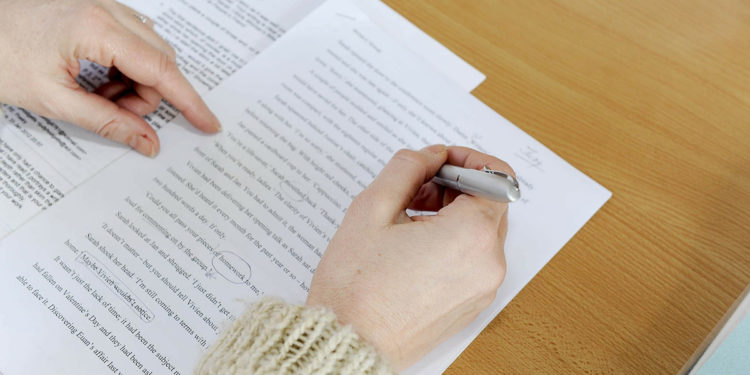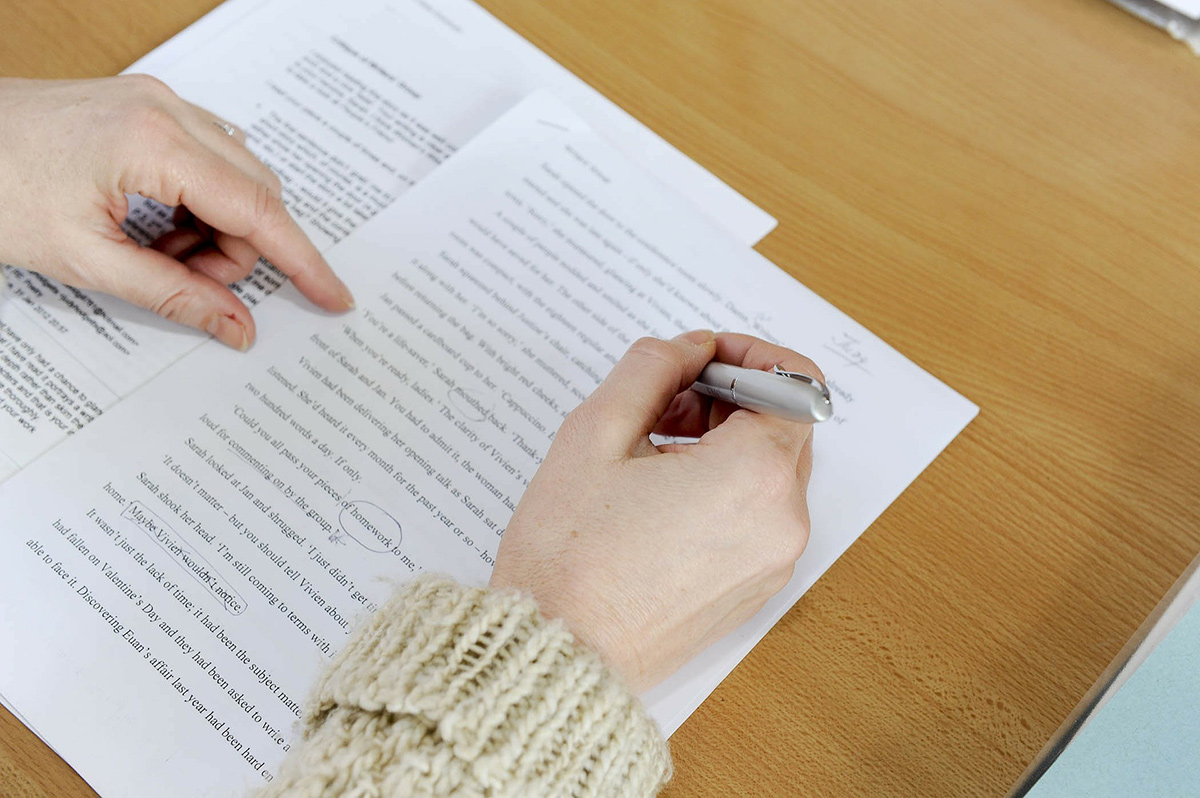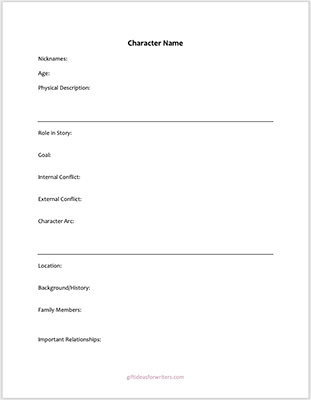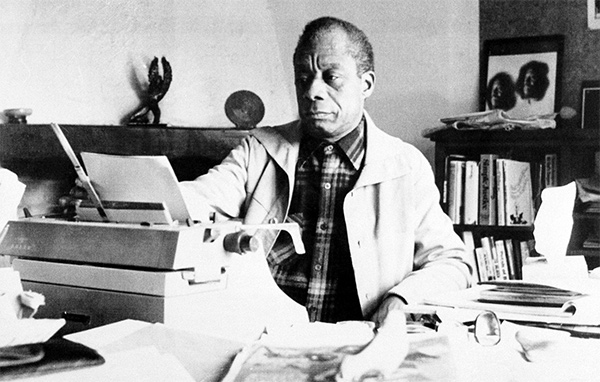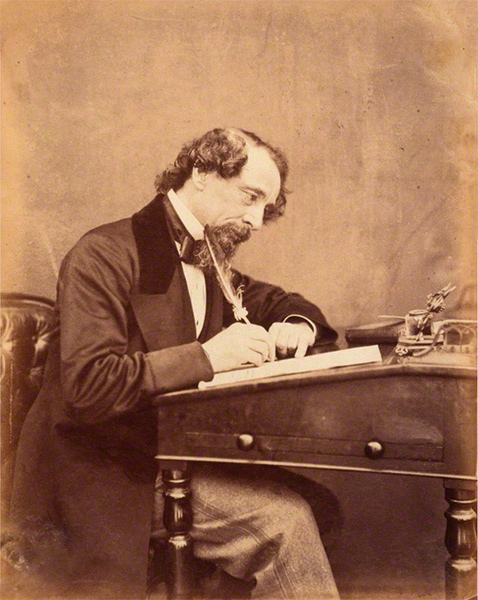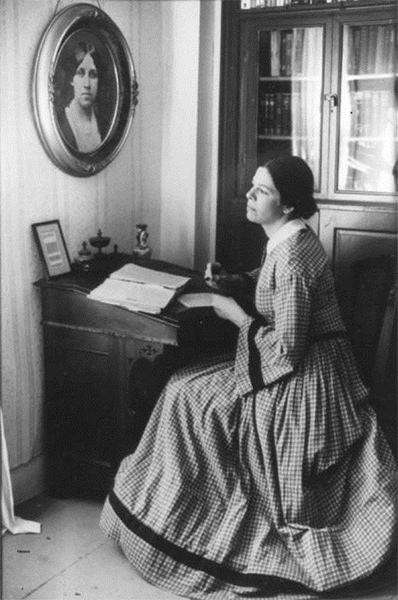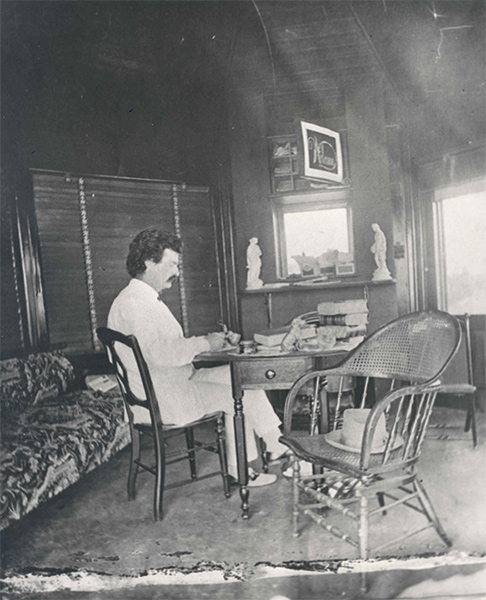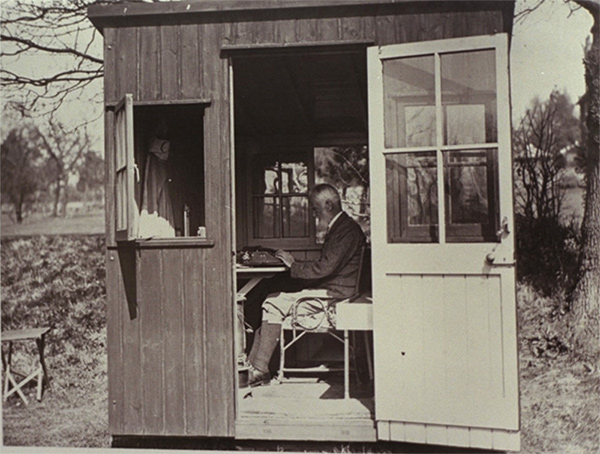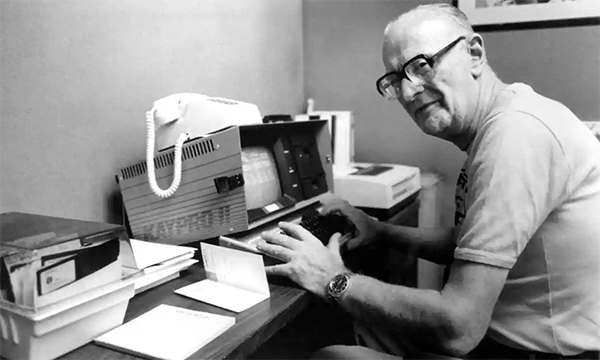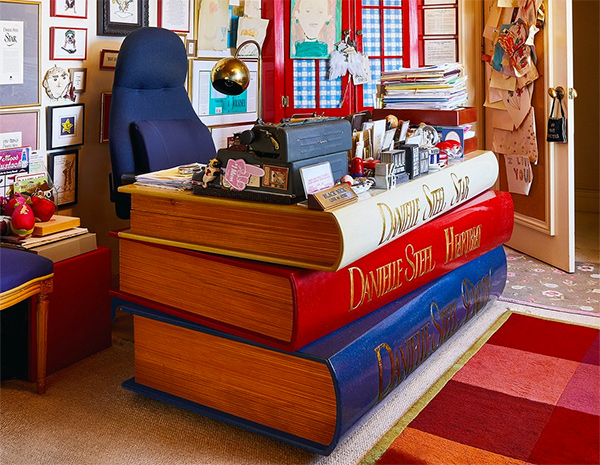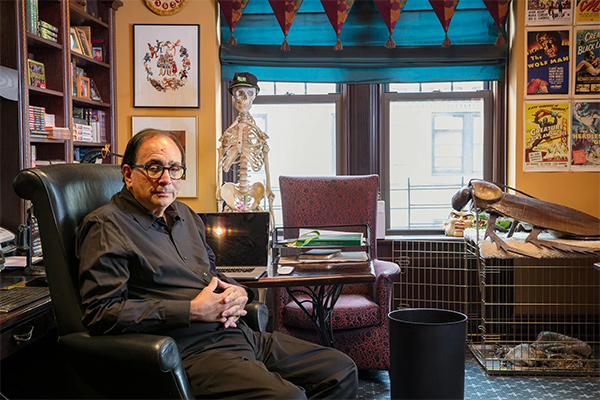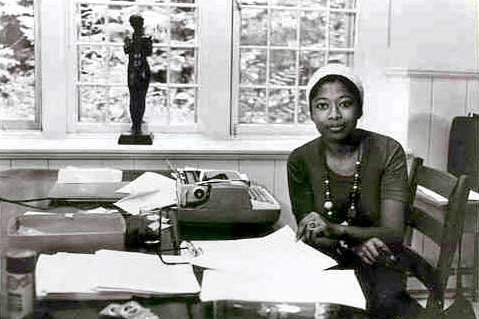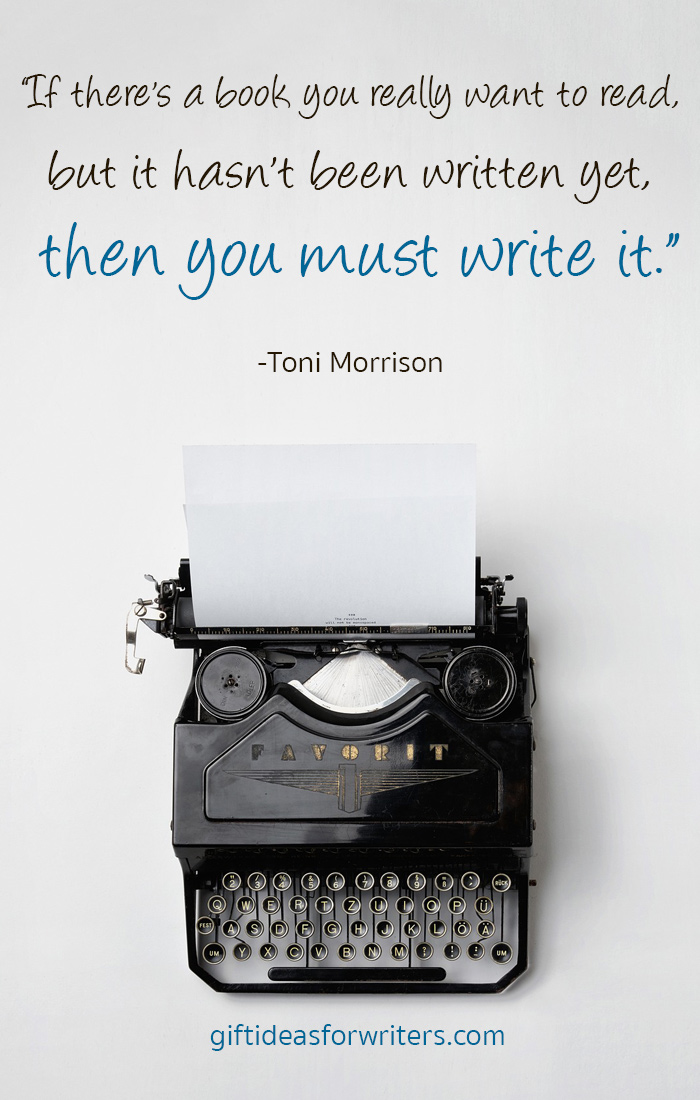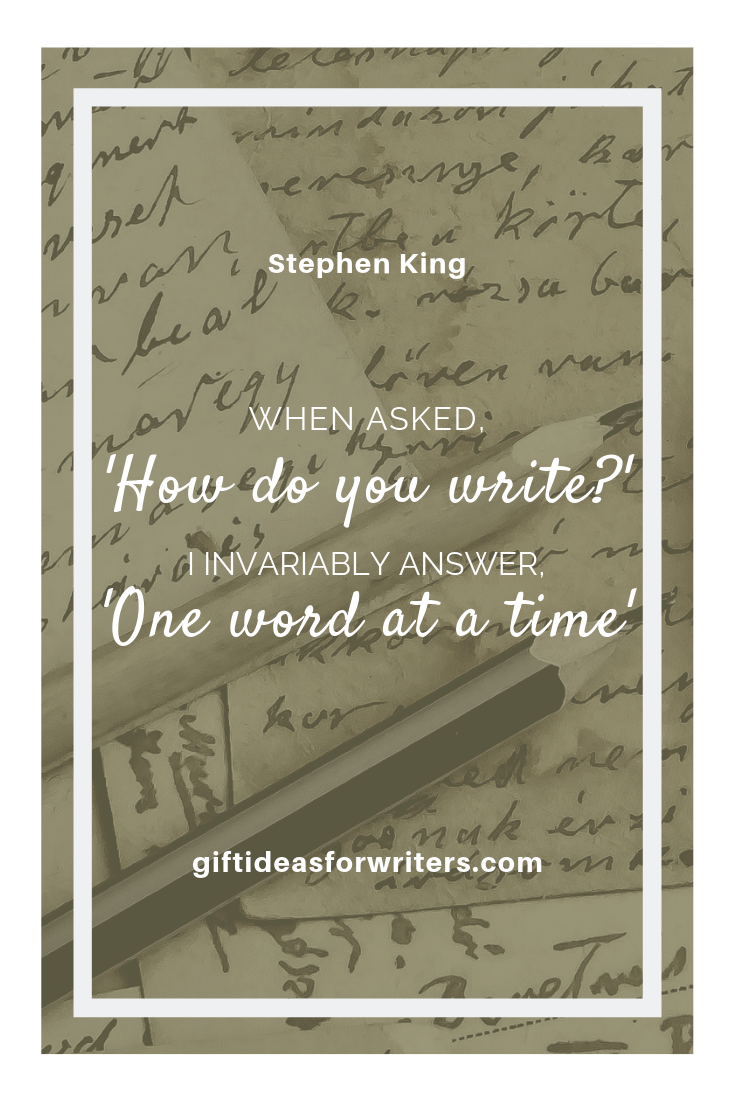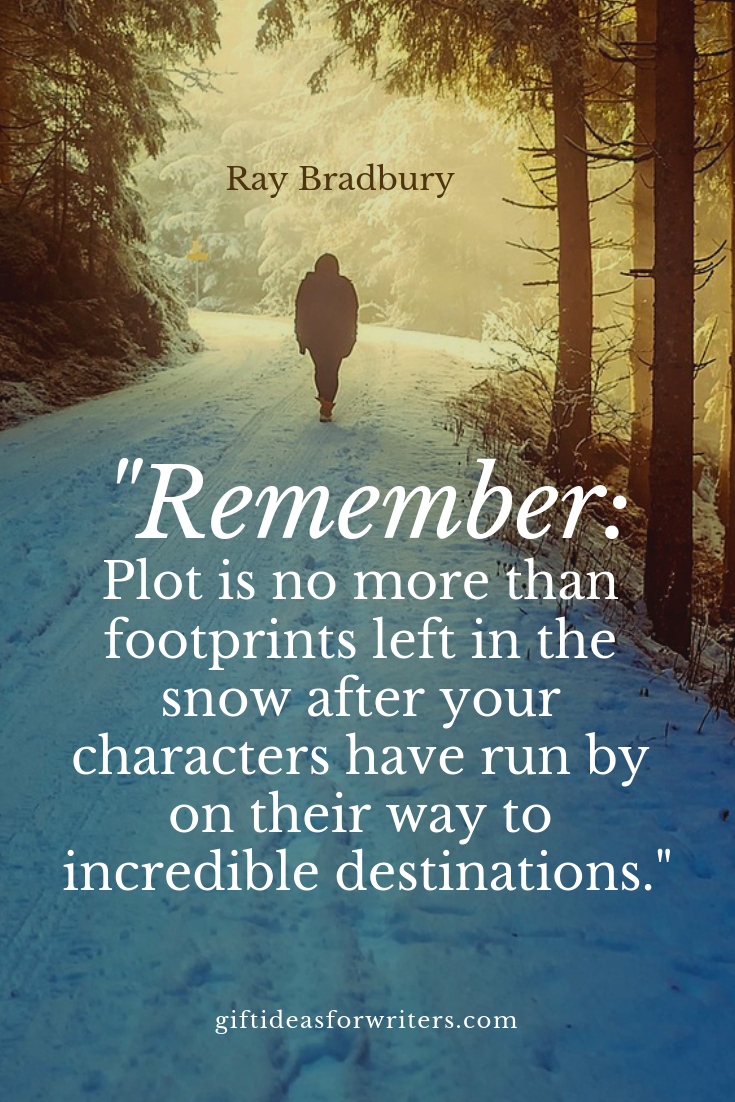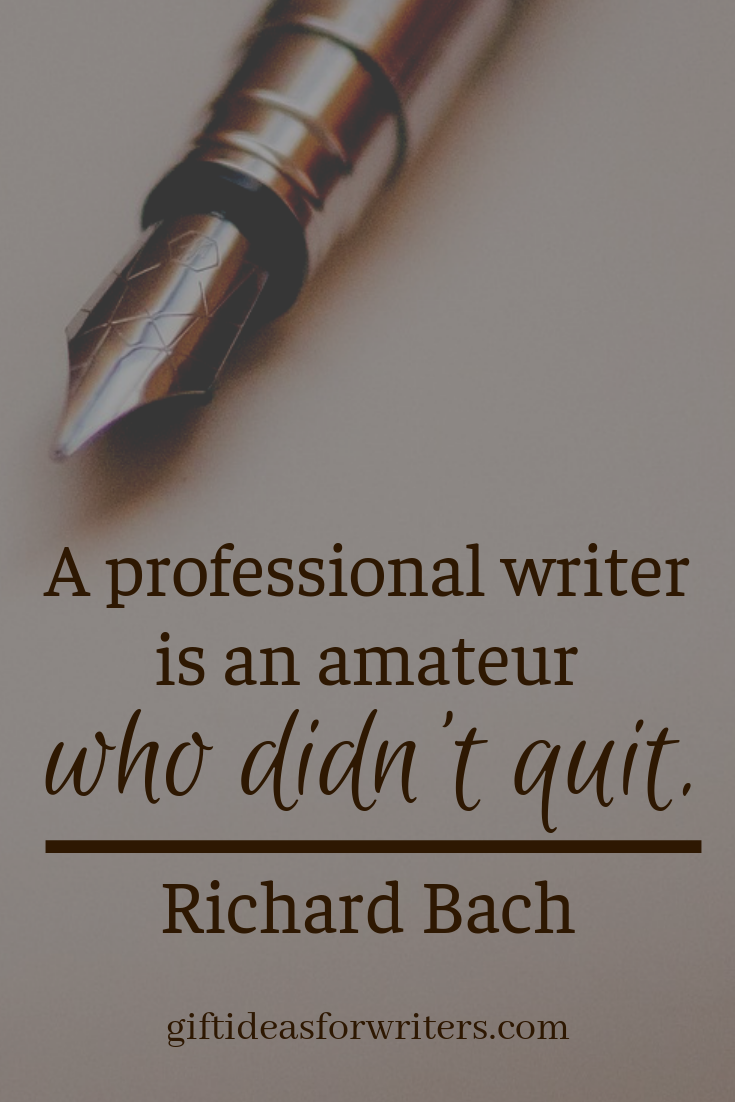One of the biggest struggles common among writers is actually finding the time to write. Whether you’re a student, work full time, or take care of a family (or even all three at once!) it’s easy for your daily schedule to fill up. During hectic and stressful times, it’s easy to go days or weeks without putting pen to paper. If you’re struggling to find time to write

Prioritize Your Writing
One of the unfortunate truths of modern life is often there are more tasks to do than we have time to do them. In fact, a common way to procrastinate a task (often writing) is to prioritize other tasks that also seem important. There’s a joke: how can you tell a writer is on a deadline? Their house is completely spotless!
If writing is important to you and you want to be writing regularly, then you need to make the choice to prioritize it. The first thing is to tell yourself, “my writing is important and is a priority to me.” Once you’ve set that in your mind, you also have to set it into practice. You’ll need to schedule writing time (more on this in the next section) and if push comes to shove, you may need to choose writing over other activities (like going out to see friends or binging TV after work). This is maybe the biggest challenge, but if being a writer is important to you, you will have to make some sacrifices to achieve that. Otherwise, you’ll keep putting off your project until “someday” when you’re less busy. For most people, that “someday” never comes unless they choose to make it now.
If you haven’t already, you should set some writing goals so you have something to work toward each day.
Set a Writing Schedule
To make writing a priority in your life, you should treat it like any other obligation. Schedule writing time into your day like you schedule your gym time, meetings with your boss, or dentist appointments. While having a consistent schedule is easiest for forming a habit, you may have to customize it to fit around other obligations. Be creative if you need to. Maybe you can get 30 minutes on Monday before you go to the gym, but if Tuesday is a rest day you can schedule a whole hour.
The most important thing to do is show up for your scheduled writing time. Don’t let procrastination or scrolling through social media steal this precious time from you. There will be plenty of other real-world “surprises” that will try to derail your schedule, make the most of the time you can claim for writing.
Become a Weekend Warrior
While “write every day” is one of the most commonly dispensed pieces of writing advice, it’s not so easily applied to everyone’s lives. The consistency of writing every day is a great way to build a habit and consistently meet writing goals, but not everyone’s life can fit in dedicated writing time each day.
When I was working a traditional 9-to-5 office job, I was often not home until 6 pm or later. By the time I was done cooking and eating dinner I had no energy for writing and often ended up watching TV just to decompress from the stress of my job. Even if I could convince myself to sit down at my computer, my mental energy was drained and I often couldn’t get much writing done. I struggled for many years trying to “write every day” but I would never be able to make it more than a few days before failing at the goal.
A writer friend of mine recommended becoming a weekend warrior–and it worked! Instead of trying to shove 30 minutes of writing into each of my weekdays, I set aside 4 hours during the weekend. Usually, this involved me going to a cafe or my local library in the morning and settling down with a laptop and my headphones to write. Long stretches of dedicated time like that made it easier for me to “unplug” from my daily life and focus on my writing project. I enjoyed the sessions even more if a writer friend was available to join me–we would celebrate our writing success by going to lunch afterward.
Many writers don’t have the stamina for hours-long writing sessions, but if you’re struggling to fit in short sessions during the week, give a long weekend writing session a try and see if it works for you.
Get up Early
Just thinking about this makes me groan–I am a night owl and getting up at a “normal” time can sometimes be a struggle. But often, the easiest way to find the time to write is to “add” a little extra time to your schedule. This technique is especially loved by parents who enjoy the quiet morning hours before their kids wake up and create a distraction they really shouldn’t ignore.
According to the early morning writers I’ve talked to, the great thing about getting up early to write is it’s almost a sacred time. If you make your coffee or tea, don’t check the news or your email, then you’re existing in a time with no outside distractions. You can just sit down and write, knowing that everything else can wait until it’s time to “officially” start your day. Plus, getting your writing done first thing means it’s less likely to be the item that gets pushed off your schedule if your day has some unexpected bumps.

Write Wherever and Whenever You Can
Sometimes life is just too hectic to schedule a proper time to sit down and focus on writing. If you feel like you can’t schedule writing time, then there are other ways to prioritize writing and make sure it happens. But it requires a little creativity.
Analyze your day and looks for moments of “downtime” that you can regularly utilize. If you commute via public transportation, that is a great time to use to do some writing, and it happens twice a day! Your lunch break at work can also be used for writing time. This works especially well if you can eat while you’re working and then really dedicate your break time to writing. If you take walks for exercise or with your dog, you can use the dictation feature on your smartphone to write while you walk. Multi-tasking for the win!
You should be prepared to write at any time because it can be hard to predict when you’ll be gifted with extra time where you’re just waiting. This may mean carrying a small notebook and pen in your pocket or purse or writing on your phone in the notes app.
Any downtime you find yourself pulling out your phone and scrolling social media is time you could use to jot down a few more sentences! So if you’re in the hour-long line at the DMV or sitting in the waiting room at the doctor’s office, that is time you can spend writing. If you’re motivated to find moments for writing during the day, you will find them.
I hope this article has given you some ideas on how to find time to write. If you’re looking for more tips on fitting writing time into your busy life, check out the book Writer with a Day Job by Aine Greaney. Make sure you’re reading to get inspiration for your writing. Check out how to find time to read in your busy schedule.
If you’re struggling with writing in general, learn how to get out of a writing rut and beat writer’s block.







